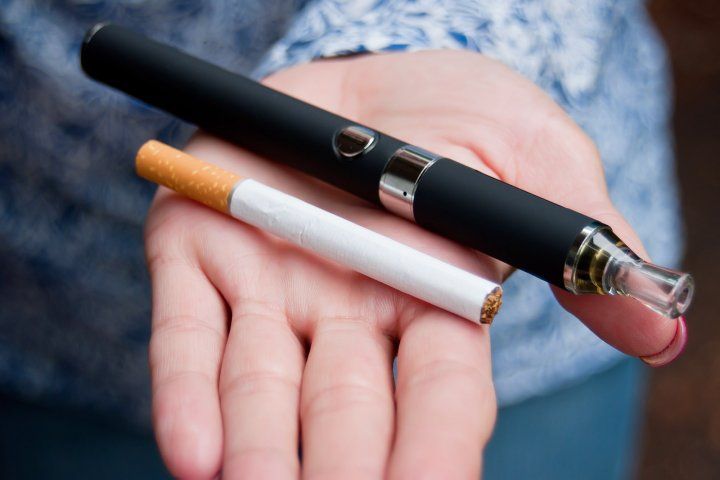Tobacco / Vaping

Tobacco/Vaping
Vaping and nicotine addiction are difficult to break – especially for youth. Vaping nicotine can:
- Harm the developing adolescent brain – the brain keeps developing until around age 25.
- Harm the parts of the brain that control attention, learning, mood, and impulse control.
- Change how synapses are formed in the brain. Synapses are the connections between parts of the brain, formed when new memories are made, or skills are learned.
- Lead to symptoms like irritability, restlessness, feeling anxious or depressed, trouble sleeping, problems concentrating, and craving nicotine.i
What begins as a social thing can become an addiction:
- The most common reason U.S. middle and high school students give for trying an e-cigarette is “a friend used them.”
- The most common reason youth give for continuing to use e-cigarettes is “I am feeling anxious, stressed, or depressed.”ii
Vaping products, liquid, and devices produce clouds that are not harmless “water vapor”. They can contain:
- Nicotine
- Ultrafine particles that travel deep into lungs
- Flavorings like diacetyl – a chemical linked to serious lung disease
- Volatile organic compounds
- Cancer-causing chemicals
- Heavy metals like nickel, tin, and lead
Even though vaping can be hard to quit, and peer pressure to try vaping can be a powerful force, there are things you can do:
- If you are a parent or guardian of middle or high school age kids – talk to them about vaping, the risks, empowering them to say no, and supporting them talking to their friends about avoiding vaping.
- If you are a young person – support your friends in saying no to vaping, listen to their concerns and challenges, and help them find and use resources for supported quitting.
- Consider using a resource like the ones below. They are free of charge and support can help a lot for quitting nicotine and vaping.
